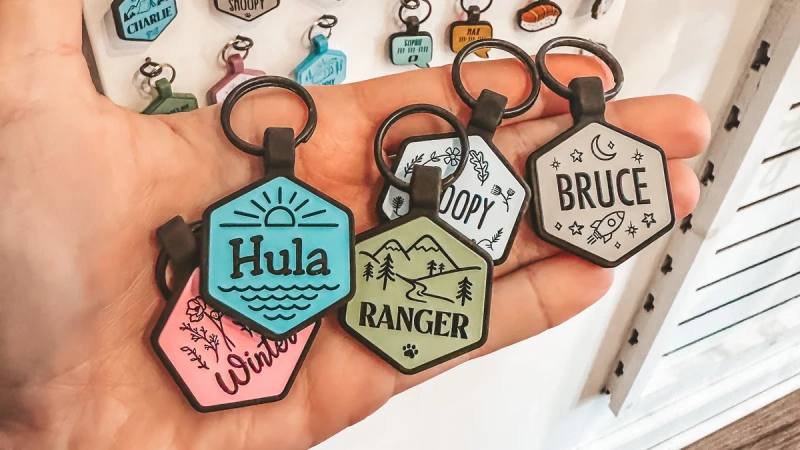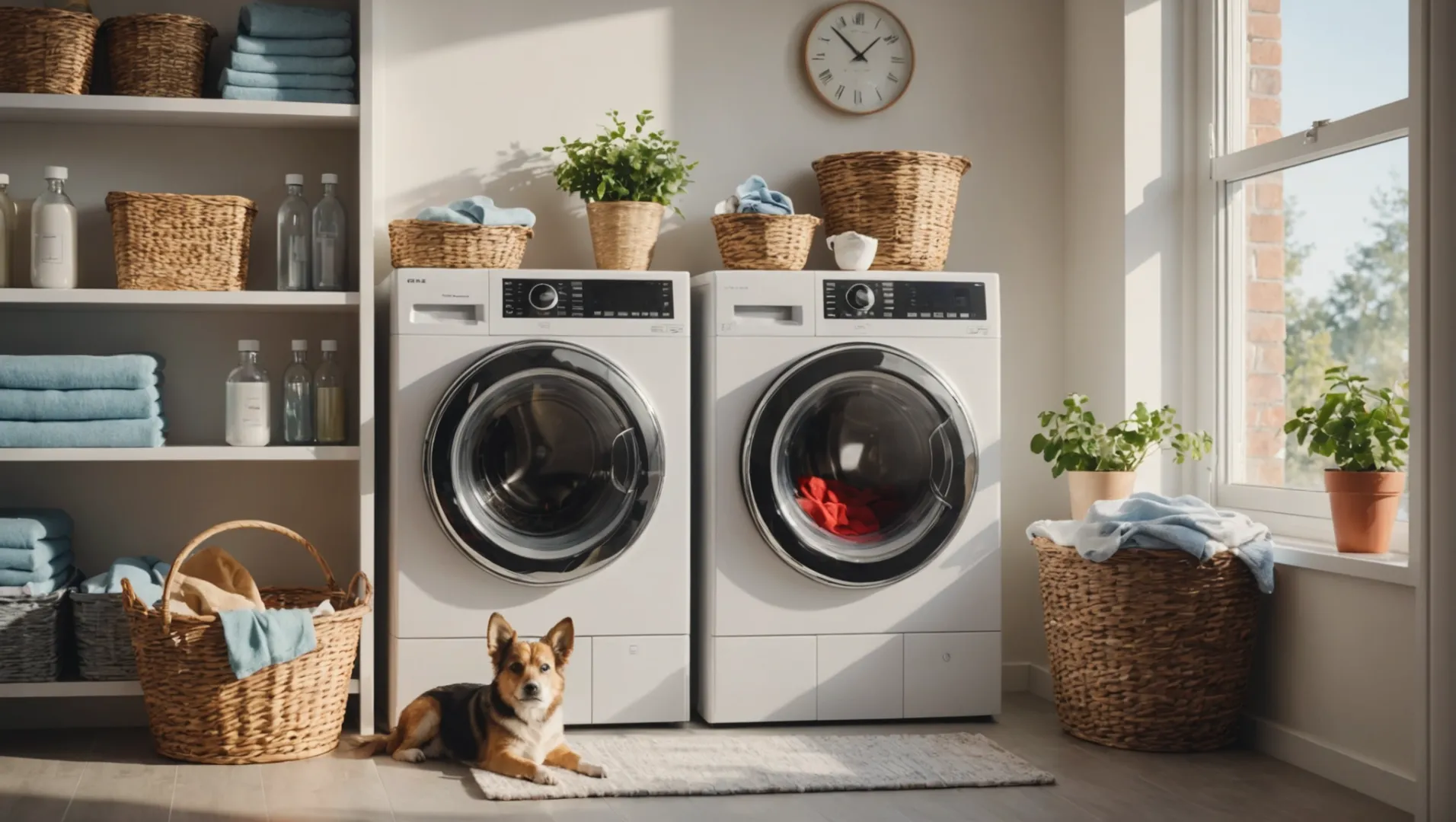
If you’re like me, you love your pet and want to keep them looking sharp—especially when they have their adorable outfits on! But can you really toss those cute doggy clothes into the washing machine? Let’s find out!
Yes, you can safely wash dog clothes in a washing machine by following certain guidelines: check care labels, remove excess hair, use pet-safe detergent, and choose the appropriate cycle. These steps ensure cleanliness without damaging the clothes or the machine.
While the initial steps may seem straightforward, there are nuances to consider that ensure optimal results. Understanding these details will not only prolong the life of your dog’s clothing but also keep your washing machine in top condition. Read on for expert tips and advice.
Washing dog clothes in a washing machine is always safe.False
It's safe if guidelines are followed, like using pet-safe detergent.
What Are the Best Detergents for Washing Dog Clothes?
Choosing the right detergent for washing your dog’s clothes is crucial to keeping them clean without causing irritation.
The best detergents for dog clothes are hypoallergenic, free from harsh chemicals, and designed specifically for sensitive skin. Brands like Seventh Generation and Earth Friendly Products offer pet-safe options that ensure cleanliness while protecting your dog’s skin from allergens and irritants.
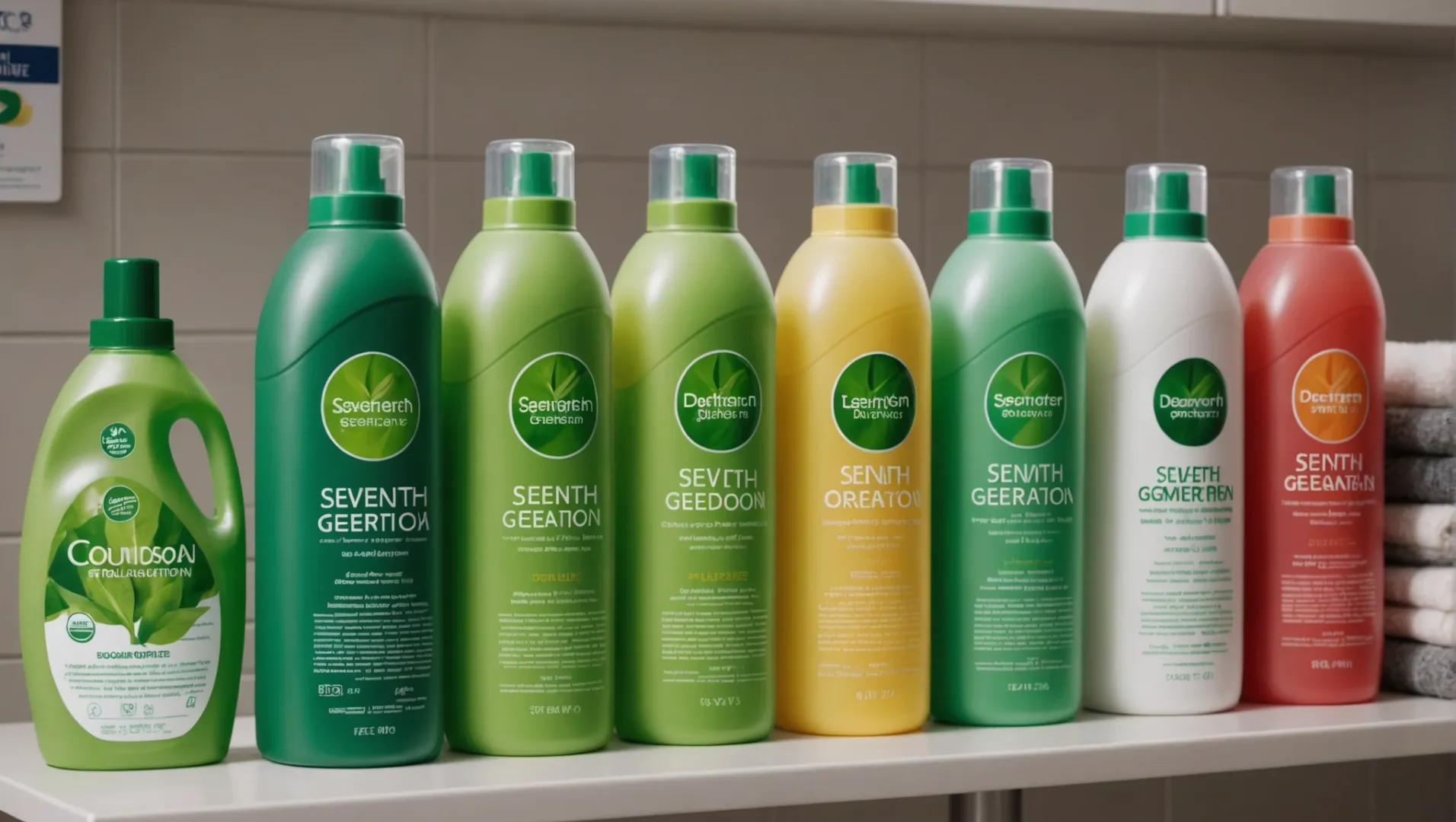
Understanding the Needs of Dog Clothes
Dog clothes require special attention because dogs have sensitive skin that can react to various chemicals. The right detergent1 should be gentle yet effective in removing dirt and odors from their garments.
Key Features of Pet-Safe Detergents
When selecting a detergent, look for those labeled as hypoallergenic and free of artificial fragrances. Hypoallergenic detergents minimize the risk of allergic reactions, ensuring your pet remains comfortable. Additionally, avoiding harsh chemicals reduces the likelihood of irritating your dog’s skin.
Common Ingredients to Avoid
- Phosphates: These can cause skin irritation.
- Artificial Fragrances: Often lead to allergic reactions.
- Dyes: Can be abrasive on sensitive skin.
Recommended Brands
Here are some recommended brands that cater to these requirements:
| Brand | Notable Features |
|---|---|
| Seventh Generation | Plant-based, hypoallergenic, no dyes or fragrances |
| Earth Friendly Products | Free of phosphates and sulfates, eco-friendly |
| ECOS | Made with coconut-based ingredients, environmentally safe |
Homemade Detergent Options
For pet owners who prefer DIY solutions, homemade detergents can be an excellent alternative. A simple mixture of baking soda, vinegar, and liquid Castile soap creates an effective cleaner that is gentle on fabrics and your pet’s skin. Ensure thorough rinsing to remove all residues.
Additional Considerations
Consult your veterinarian if your dog has specific allergies or skin conditions. They can provide guidance on the safest products for your pet’s needs. Also, always perform a patch test with new detergents on a small part of the garment before proceeding with a full wash.
Seventh Generation detergent is hypoallergenic.True
Seventh Generation is known for its plant-based, hypoallergenic formula.
Artificial fragrances are safe for dog clothes.False
Artificial fragrances often lead to allergic reactions in dogs.
How to Remove Pet Hair from Laundry Efficiently?
Pet hair in laundry can be a real nuisance, but with the right methods, you can easily tackle this problem and keep your clothes fur-free.
To efficiently remove pet hair from laundry, start by shaking out garments before washing, use a lint roller or dryer sheet, and finish with a vinegar rinse. These steps help minimize hair residue, ensuring cleaner laundry results.
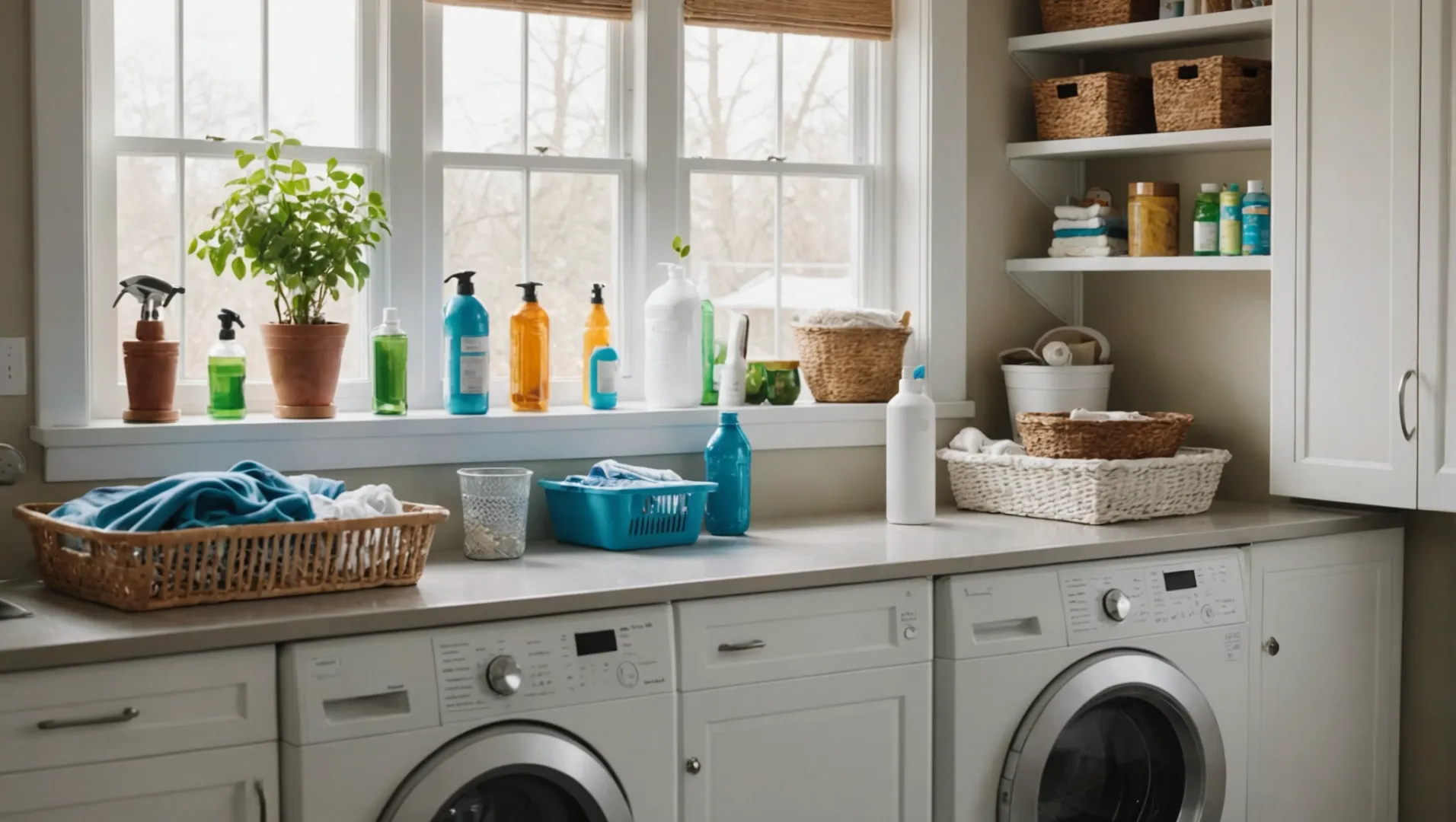
Pre-Wash Preparations
Start by shaking out clothes outdoors to remove loose hair. This step is crucial as it minimizes the amount of fur entering the washing machine. Additionally, use a lint roller on heavily affected areas to further reduce pet hair presence.
Use Dryer Sheets
When drying clothes, toss in a few dryer sheets. They help loosen pet hair from fabric fibers due to their anti-static properties. Alternatively, a reusable dryer ball can also work effectively by agitating the clothes and dislodging trapped hairs.
Incorporate a Vinegar Rinse
Add half a cup of white vinegar to the rinse cycle. Vinegar acts as a natural fabric softener and helps relax fabrics, making it easier for pet hair to come off. It’s also great for eliminating odors left by pets.
Special Laundry Aids
Consider using specialized laundry balls designed to attract pet hair during the wash cycle. These aids can collect hair effectively, preventing it from sticking back onto clothes. Check out some laundry aids for pet hair removal2 for more options.
Post-Wash Maintenance
Clean your washing machine regularly. After washing pet-laden items, run an empty hot cycle with vinegar or a machine cleaner to remove any remaining hair and prevent future build-up. For more detailed cleaning steps, you can look at washing machine cleaning tips3.
Additional Considerations
If your laundry still has hair after washing, consider running it through the dryer again with just air (no heat) for about 10 minutes. The tumbling action will help collect any lingering hair in the lint trap.
Shaking clothes outdoors reduces pet hair in the wash.True
Shaking clothes outside removes loose pet hair, reducing fur in laundry.
Dryer sheets increase static, making pet hair stick to clothes.False
Dryer sheets reduce static, helping loosen pet hair from fabrics.
Is Air Drying Better Than Using a Dryer for Pet Clothes?
Choosing between air drying and using a dryer for pet clothes can affect their longevity and your pet’s comfort.
Air drying is often better than using a dryer for pet clothes. It minimizes shrinkage, prevents damage from heat, and maintains fabric integrity. However, in humid conditions, a dryer on low heat may be preferable to prevent mildew and lingering odors.
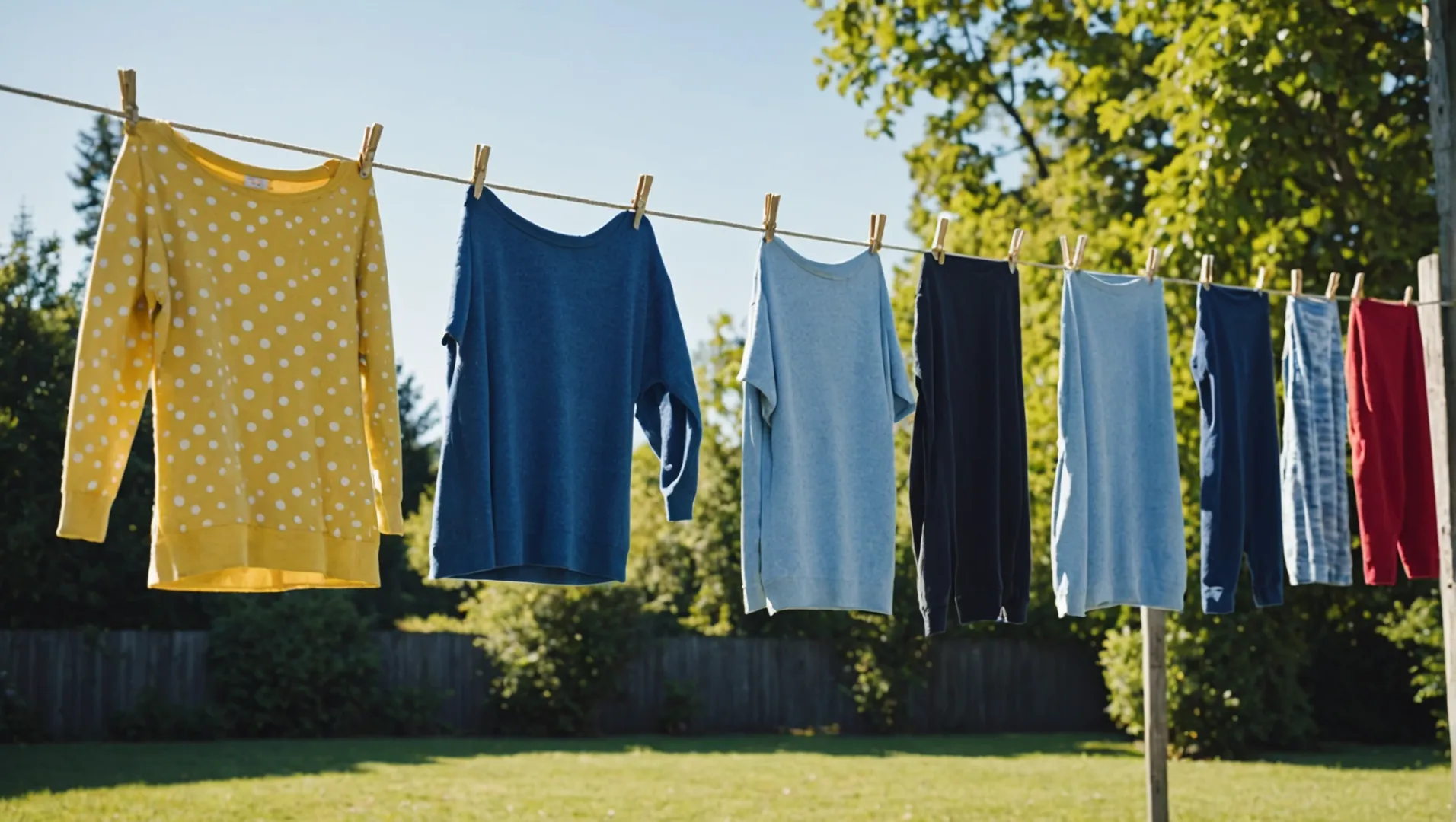
The Benefits of Air Drying
Air drying is a gentle method for drying pet clothes, preserving the fabric and preventing shrinkage. This is particularly important for materials that are prone to damage from high heat, such as delicate knits or synthetic fibers.
-
Fabric Integrity: By avoiding the intense heat of a dryer, you help maintain the original size and shape of your pet’s clothing, reducing the risk of wear and tear.
-
Energy Efficiency: Air drying is an eco-friendly option as it uses no electricity, saving on energy bills and reducing your carbon footprint.
-
Odor Prevention: Hanging clothes out to dry in fresh air can help eliminate odors naturally, something that can be especially beneficial for items that have been heavily soiled or have absorbed unpleasant smells.
However, air drying can be time-consuming and may not be practical in every situation. Consider the weather conditions and available space when opting for this method.
When to Use a Dryer
While air drying has its merits, using a dryer can be beneficial under certain circumstances.
-
Time Constraints: If you’re pressed for time, a dryer can speed up the process significantly. This is especially helpful if you need the clothes ready quickly after washing.
-
Humid Environments: In humid climates, air drying may lead to mildew or musty odors. In such cases, using a dryer on a low heat setting can help ensure thorough drying without damaging the fabric.
-
Pet Hair Removal: Running pet clothes through a dryer can also help remove excess hair. The tumbling action loosens hairs which are then caught by the lint trap.
Table: Comparison of Drying Methods
| Aspect | Air Drying | Using a Dryer |
|---|---|---|
| Fabric Preservation | Excellent | Good with low heat |
| Energy Consumption | None | Moderate to high |
| Time Efficiency | Slow | Fast |
| Risk of Odor/Mildew | Low in dry conditions | Low in all conditions |
| Hair Removal | Minimal | Effective |
Both methods have their pros and cons. The decision depends on factors like fabric type, climate, and personal preferences. For more insights, explore pet clothing care tips4 for further guidance.
Air drying prevents fabric shrinkage in pet clothes.True
Air drying is gentle, maintaining fabric size and shape.
Using a dryer always preserves pet clothing better than air drying.False
Dryers can cause shrinkage and damage delicate fabrics.
How Often Should You Clean Your Washing Machine After Washing Pet Items?
Cleaning your washing machine regularly is crucial when you often wash pet items. But how often is enough?
Clean your washing machine monthly after washing pet items to prevent buildup of hair and odors. Regular maintenance helps maintain efficiency and extends the machine’s lifespan.
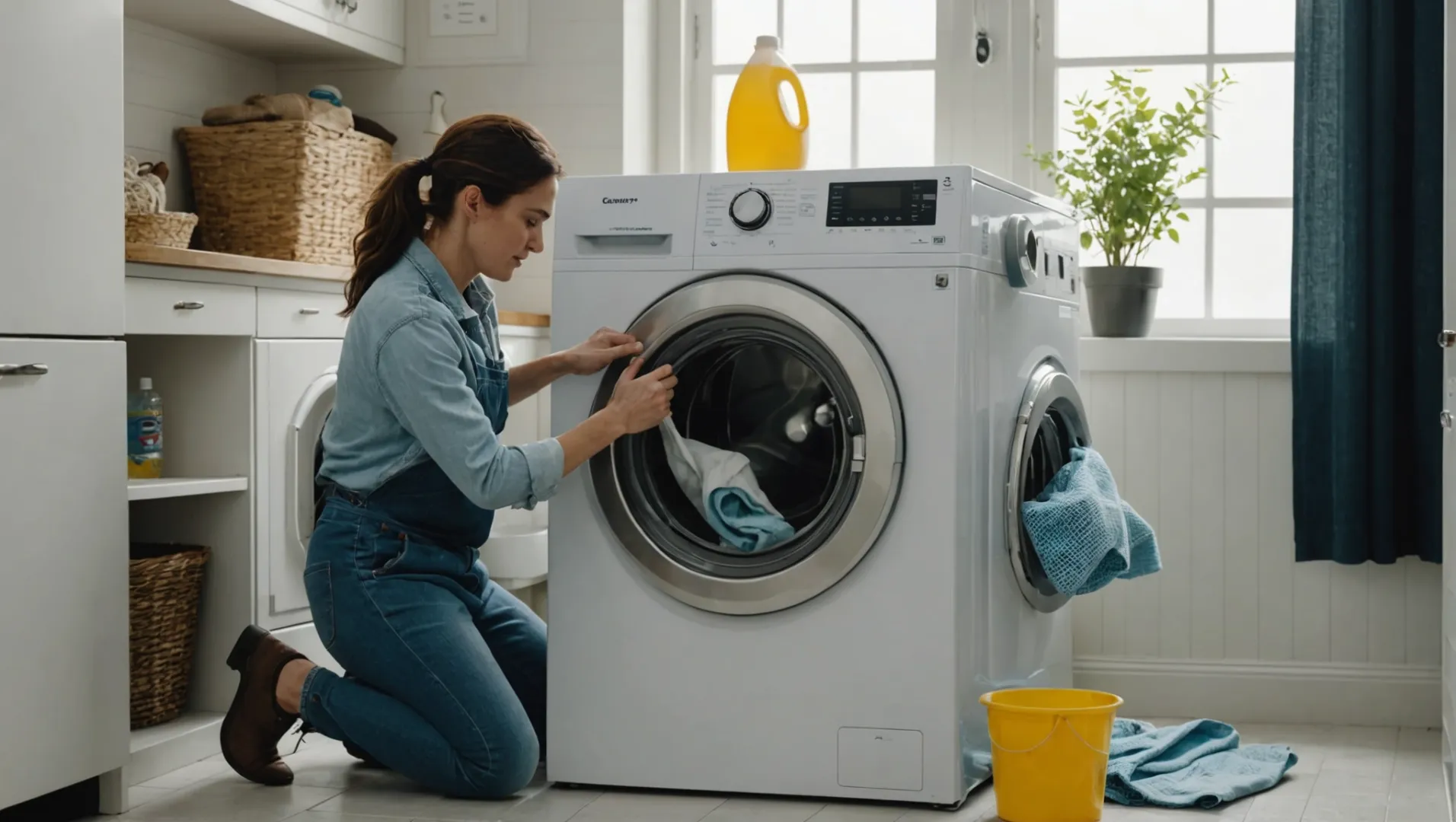
Understanding the Importance of Regular Cleaning
Washing pet items like clothes, blankets, or toys can leave behind a surprising amount of hair and odors in your machine. This residual mess can affect your washer’s performance over time and might even lead to unpleasant smells or inefficient washes.
Recommended Cleaning Frequency
While cleaning your washing machine once a month is generally advised, this can vary based on the frequency of washing pet items. For households with multiple pets or frequent washing of pet-related items, consider increasing this to bi-weekly cleanings.
Steps to Effectively Clean Your Machine
-
Run an Empty Hot Water Cycle: Start by running a hot water cycle with no clothes inside. Adding two cups of white vinegar can help dissolve soap scum and eliminate odors.
-
Use Bleach Sparingly: If your machine can handle it, run a separate cycle with bleach to sanitize. However, ensure it’s safe for your machine and doesn’t void any warranties.
-
Clean the Detergent Drawer and Door Seals: Remove the detergent drawer and soak it in warm, soapy water. Wipe down the rubber seals around the door to remove trapped hair or grime.
-
Check the Lint Filter: Not all washers have lint filters, but if yours does, ensure you clean it regularly to prevent blockages.
Additional Tips for Maintenance
-
Consider Pre-Cleaning Pet Items: Before placing pet items in the wash, use a lint roller or brush to remove excess hair. This reduces the amount of debris entering your machine.
-
Utilize a Mesh Laundry Bag: For smaller pet items, using a mesh bag can contain loose hair, making it easier to clean both the items and the machine.
-
Deodorize Regularly: Baking soda is a natural deodorizer. Sprinkle some in with your wash or run a cycle with just baking soda to neutralize lingering smells.
Incorporating these maintenance tips can significantly improve your washing machine’s performance. Learning more about cleaning appliances5 can provide additional insights into keeping your household running smoothly.
Cleaning monthly prevents pet hair buildup in washers.True
Monthly cleaning is recommended to remove hair and odors effectively.
Bleach is always safe for all washing machines.False
Bleach can damage some machines; check manufacturer guidelines first.
Conclusion
By following these guidelines, I can keep my dog’s clothes clean and fresh without damaging them or my washing machine. Always prioritize pet-safe products and regular maintenance to ensure the best results.
-
Discover top-rated detergents formulated specifically for pets’ sensitive skin.: Our Pet Detergent is perfect for getting even your dirtiest clothes, blankets, and toys clean–minus all the harsh chemicals and unnecessary ingredients you’ll find in other detergents. ↩
-
Discover tools designed specifically to attract and remove pet hair.: Running clothing in the dryer on no heat for 10 mins can help loosen fur before you throw it in the washer. Upvote ↩
-
Learn effective methods to clean your washer post-pet laundry.: You can run your machine after with hot water and distilled vinegar, that helps clean it. Upvote ↩
-
Discover expert advice on maintaining pet clothing durability.: Rinse the stain or soiled area with cold water and apply your pet-safe stain remover or detergent to pre-treat the stain before washing. For tough stains, use a … ↩
-
Find more tips for keeping appliances fresh and efficient.: After done with their bedding go ahead and run a Hot water Rinse or a full cycle with detergent bleach and a rinse. Possibly a second rinse of … ↩


